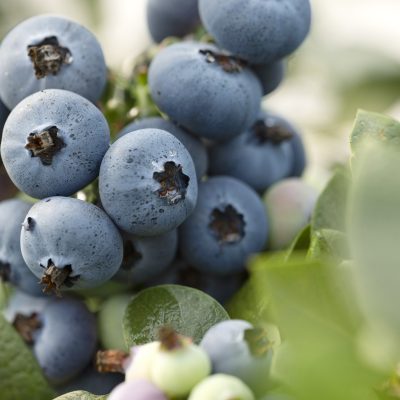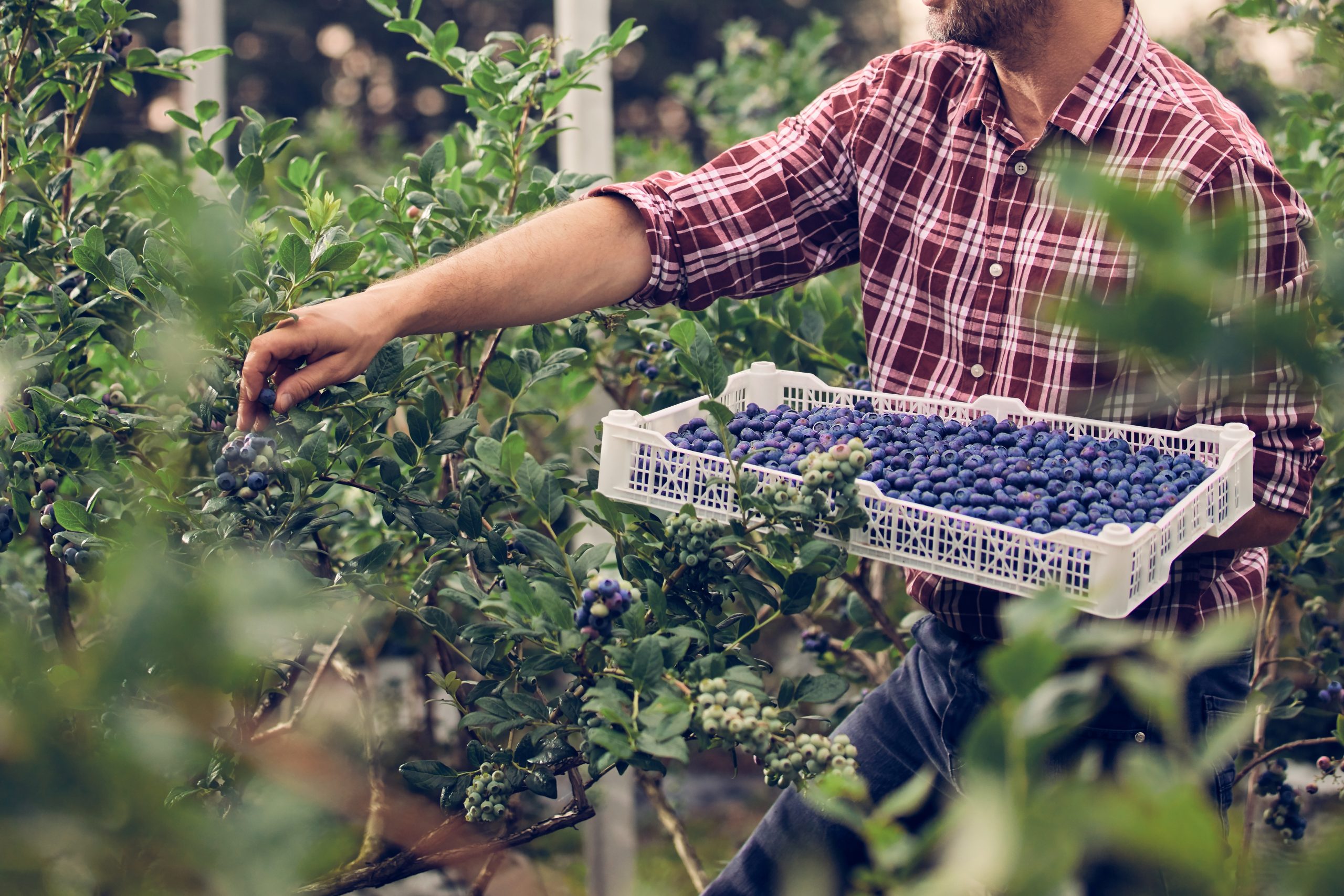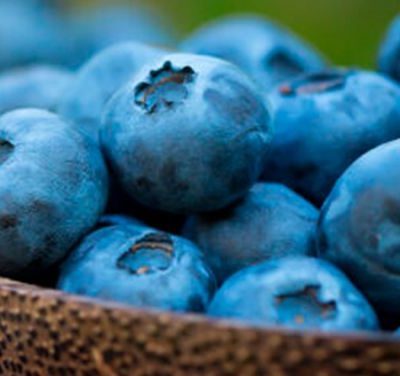Blueberry industry’s explosive growth prompts Oregon State University to bring Northwest growers back to the classroom
In winter, blueberry bushes stick barren purple branches into the gray sky. Throughout the Willamette Valley, the rows of purple sometimes go for acres.
When the weather warms up, those bushes bear tons of one of Oregon’s best-selling fruits.
From Washington through northern California, the Northwest’s blueberry industry exploded in recent years with the advent of words like “superfood.” Health-consciousness that created a growing market for bitter foods like kale and chard provided an absolute rocketboost for the easier-to-love blueberry.
Farmers large and small are planting more rows of blueberries every year, because they know they can sell them, either fresh or processed.
The influx of new growers prompted Oregon State University — the research and training backbone of the state’s industry — to hold a school for longtime farmers and beginners planning their first crop. The event, held over March 16 and 17 on campus in Corvallis, is the first in eight years, long before organic blueberries carved a spot in the industry and the state sold 90 million tons of berries in a year.
Blueberries can be expensive to start, and require a lot of patience, because a bush can take seven years before growing at its full potential. Industry experts can’t predict what the market will look like then.
“We don’t want someone… who is new to blueberries not being aware of risks and questions,” said Bernadine Strik, an OSU berry expert organizing the school.
Business is good
In Cornelius, Unger Farms has ridden the blueberry wave to great success. Matt Unger planted his first blueberry bushes in 1995, as he was converting 144 acres from a plant nursery to a berry farm.
One of his first varieties, Spartan bushes, a sweet northern highbush blueberry, still thrive under the care of Will Unger, his son.
But, now there are more acres and more varieties. The Ungers planted an additional six acres about five years ago, then six more. They harvest 18 acres now, with 10 more planned in the next year.
Spartan blueberries are an uncommon variety for commercial farms, because shippers dislike how soft and fragile they are. The Ungers’ stock is a sign of their success.
They sell their berries fresh mainly to New Seasons grocery stores, so they don’t have to worry about shipping troubles.
Will Unger attended the OSU blueberry school in 2007, before he began working for Oregon Berry Packers. There, he applied the knowledge to handling the berries to ship around the world, hitting big markets, such as Korea and Japan.
Now, he is back at the family farm, worrying about keeping up with New Seasons’, despite the 10 tons per acre the plants yield each year.
“With them adding stores every year, we have to keep up with planting just to supply them,” Unger said.
The Ungers meet regularly with farmers and others in the industry to discuss the newest science and practices to make sure the farm is growing the best product, and doing so efficiently.
The research updates, and the blueberry school, help them weather seasons like last year, when a hailstorm battered a few sections of berries that already suffered from disease.
New research for organics
At Oregon State University’s North Willamette research extension in Aurora, disembodied bird voices call throughout the day. The bird-less songs ward off real birds and other predators from swooping in to pick off the organic blueberries Strik and students research.
Since 2007, organic acreage has increased from 2 percent of Oregon’s blueberry market to 15 to 20 percent.
Few best practices existed then for farmers interested in selling pesticide-free berries.
“We had to do a lot of our own methodology and coming up with our own growing systems,” said Eric Pond, who has grown blueberries for 20 years. He now manages production for large-scale commercial organic farms. “We surrounded ourselves with the best conventional information and figured out how to adapt it to organics.”
Strik’s berries, plus data from Pond and other organic growers, provide insights on how to increase organic yields and quality for the next generation.
Pond is sending about 12 staff members to the blueberry school this year, including several Spanish speakers, who can participate because classes are in both English and Spanish.
He hopes they come back with ideas of how to continue adapting research on organics and conventional blueberries to improve quality and efficiency, since Pond sees the rise of blueberries continuing.
“It’s a great place to be around, be immersed in other ways of thinking about blueberry production and some of the challenges we all face,” Pond said.
02/03/2015
www.oregonlive.com




